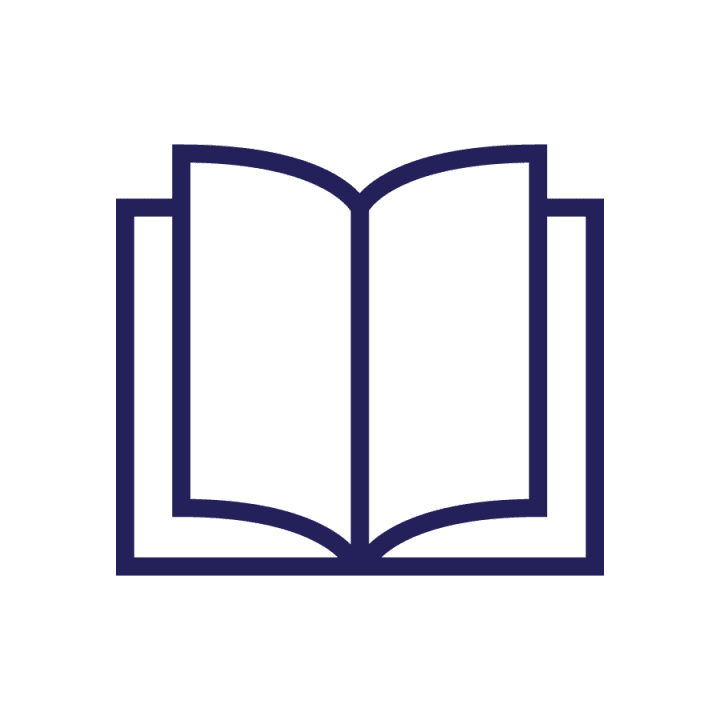Lalami’s talk is entitled “In (and Out of) Morocco”: Morocco, the American reader is often told, is a country where modernity collides with religious traditions, where tensions between feminists and conservatives remain high, where national challenges include poverty, illiteracy and corruption, but where the reform-minded king is working to keep it a “liberal beacon” in the Arab world. In the fall of 2006, Lalami moved to Casablanca to finish her novel, Secret Son. During a year in Morocco, she came to understand that the contrasts that infuse much of the writing about the country are not only incorrect, but they also serve to perpetuate a similar, larger narrative about America and the Arab world.
Most Americans know Morocco through the eyes of American writers: Paul Bowles, Tennessee Williams, William S. Burroughs. Most Moroccan authors write in Arabic or French and have not been translated. Laila Lalami grew up speaking Arabic at home and French at school; she learned English in tenth grade. She says her imagination grew in French, from reading children’s books and literature in that language: “As a child I read Jules Verne, Alexandre Dumas and Georges Bayard, and so naturally when I started writing, it was in French. While I could read and write Arabic competently enough, I found it very hard to write fictional narrative in Arabic.” While she studied English in the tenth grade and later majored in English in college, it was when she moved to Los Angeles for graduate school that she began writing in English. “I felt that there was too much of a colonial relationship with French. It’s used in Morocco to indicate social class and education level—it’s not neutral,” she said in an interview with The National. In English she feels she can step back and write about her homeland with a bit of distance, from the perspective of both an insider and an outsider.
Born in Rabat, Morocco, Lalami lived there until she was twenty-two. She went on to study in England and earned her Ph.D. in linguistics at the University of Southern California. During and after her studies she worked at a tech start-up, wrote essays and criticism for various print publications, and wrote fiction in her free time. In October 2001, she launched the blog moorishgirl.com, “to bring a Maghrebi and corrective perspective on world affairs and particularly the Islamic world to media debates in the U.S.” The writing was an outlet for her evolving thoughts about culture, literature, and politics, and over time she started signing her posts, eventually renaming the site lailalalami.com.
Always hungry for news of home, she came across an article in the online edition of Le Mondeabout 15 Moroccan immigrants who drowned in the Straits of Gibraltar during an illegal crossing to Spain. The story resonated with her, especially the decision to attempt a dangerous journey to another country in hopes of creating a new life—the last resort of people unable to make a life in their own country—and she started to imagine the characters who were on that boat—or one like it. These characters came to life in Lalami’s first collection of stories, Hope and Other Dangerous Pursuits (2005).
Lalami writes slowly—concerned with the syntax of every sentence; developing an emotional empathy for each of her characters—and her second book, a novel, was crafted carefully over the next four and half years. Secret Son (2009), the “Seattle Reads 2010” selection, is an old story told afresh. Set in modern-day Morocco, a young man from the slums, Youssef, learns that the father he thought was dead is alive and well and wealthy. In Lalami’s words, the story is set “against a background of corrupt liberalism and Islamic fundamentalism. It explores themes of identity and belonging, whether in a family, in a social group, or in a political faction.” The New York Times Book Review called it “a nuanced depiction of the roots of Islamic terrorism, written by someone who intimately knows one of the stratified societies where it grows.”
Laila Lalami lives in Los Angeles with her husband and child and teaches Creative Writing at the University of California, Riverside.
Excerpt from Secret Son (2009)Youssef swallowed. Was that all there was to his story? It was a tale of outrageous misfortune, and yet it was utterly ordinary: he had been born an illegitimate child. That was why his mother had never stayed in touch with his father’s family and why his father’s family never came looking for him. He wanted to take her by the shoulders and shake her. Why had she kept the truth from him? Who was Nabil Amrani? Was there no hope that the Amranis would want to meet him? His head was filled with questions, but he was too angry to formulate them.
He walked out of the house, delivering himself to the scorching afternoon heat. As he made his way to the Oasis café, he realized with a mix of horror and delight that he had not been the only actor in the house. All his life, his mother had played the part of the respectable, grieving widow, talking frequently about the happiness that had been cut short by a terrible accident. She had told him that his father was a good teacher, that he loved to read books, that he always helped her with chores around the house. Those were all lies. And now she had burdened Youssef with her secret, so that he, too, had to play a role.
Selected WorkBooksSecret Son (2009)Hope and Other Dangerous Pursuits (2005)Articles/Stories“It can be ‘tough’ to be a female in Morocco,” Los Angeles Times, July 19, 2009“Continental Shift,” The National, June 11, 2009 (essay/book review of Abdourahman Waberi)“The Turning Tide,” Elle, April 2008 (story)“Better Luck Tomorrow,” The Baltimore Review, March 2005 (story)LinksThe author’s websiteA review of Secret Son on largeheartedboy.com An interview of Lalami on The Bat Segundo Show
